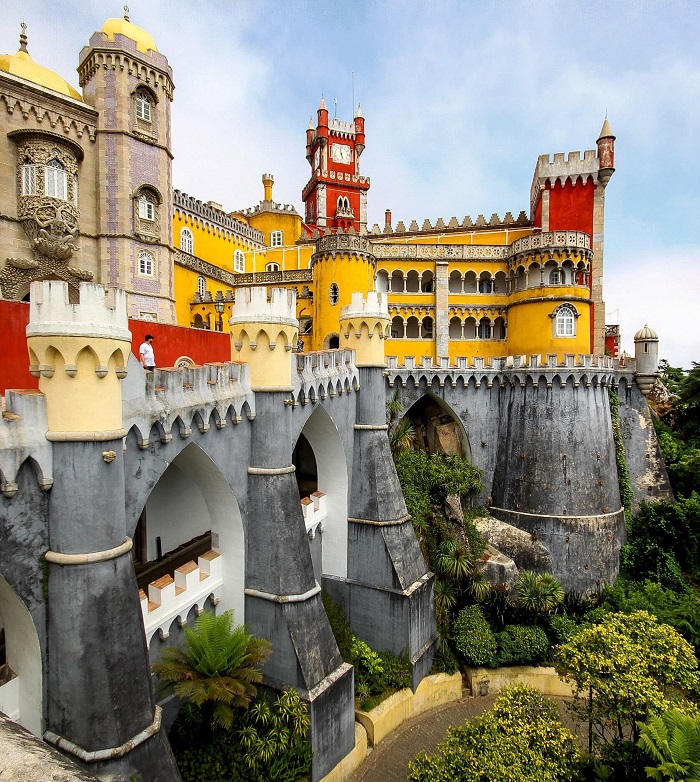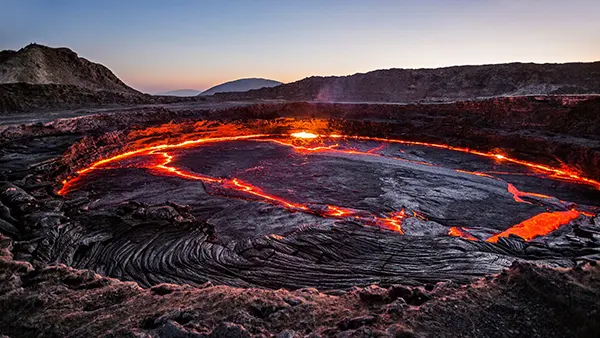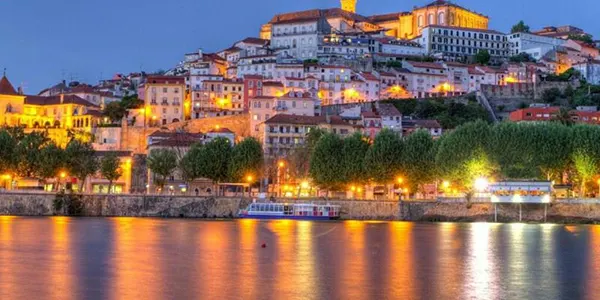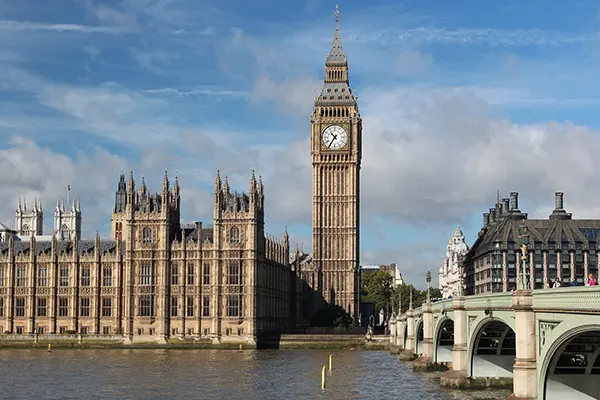
Unlocking the Magic of Pena Palace: A Comprehensive Traveler’s Guide
Perched atop the Sintra mountains in Portugal, Pena Palace is a mesmerizing blend of architectural styles, surrounded by lush forests. Its vibrant colors, fairy-tale appearance, and rich history make it a must-visit for every traveler.
This guide takes you on a journey through the castle’s chambers and gardens, ensuring you make the most of your visit to this UNESCO World Heritage site.
History: From Monastery to Royal Palace
Originally, the site of Pena Palace was home to a modest monastery, which suffered extensive damage during the 1755 Lisbon earthquake. King Ferdinand II transformed the ruins into the palace we see today, incorporating Gothic, Renaissance, and Manueline architectural elements.
The palace became a symbol of Romanticism in Portugal and was used as a summer residence for the royal family until the early 20th century.
Architectural Marvels to Admire
The Pena Palace is a treasure trove of architectural wonders. From its brightly colored terraces to its ornate interiors, every corner holds a surprise. Highlights include the Arches Yard, with its stunning views, and the ornamental Manueline cloisters.
Inside, the staterooms remain true to the 1910 era, displaying furniture, artworks, and decorative pieces from the royal collection.

Wandering Through the Pena Park
Adjacent to the palace, Pena Park is a vast forested area that encapsulates the romantic vision of its creator. It’s filled with native and exotic plant species, intertwined with paths and ornamental gardens.
Practical Tips for Your Visit
Visiting Pena Palace requires some planning. Given its popularity, it’s advisable to purchase tickets in advance to avoid long queues. Wear comfortable shoes, as the palace grounds are expansive and hilly. Guided tours offer deeper insights into the palace’s history and secrets, enriching your experience.
Lastly, while the palace is the crown jewel of Sintra, the town itself has a lot to offer. Consider allocating a full day or even an overnight stay to explore Sintra’s other historic sites, eateries, and shops.
Popular articles
-
 Depression Danakil: Ethiopia’s Fierce and Haunting Landscape
Depression Danakil: Ethiopia’s Fierce and Haunting LandscapeThe Danakil Depression in Ethiopia is often described as one …
-
 Coimbra, Portugal — A Student City Shaped by Centuries of Academic Tra...
Coimbra, Portugal — A Student City Shaped by Centuries of Academic Tra...Coimbra stands as one of Portugal’s most influential cultural and …
-
 Big Ben and the Elizabeth Tower in London: History, Restoration, and V...
Big Ben and the Elizabeth Tower in London: History, Restoration, and V...Few landmarks define London’s identity as powerfully as Big Ben …
